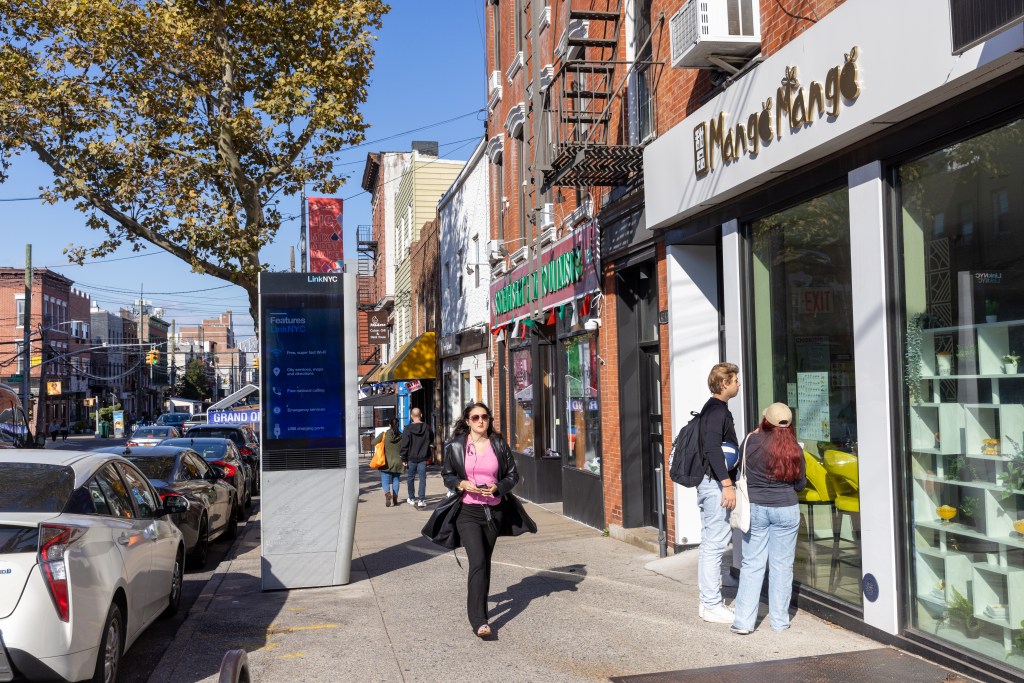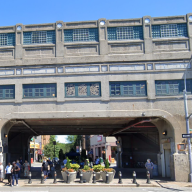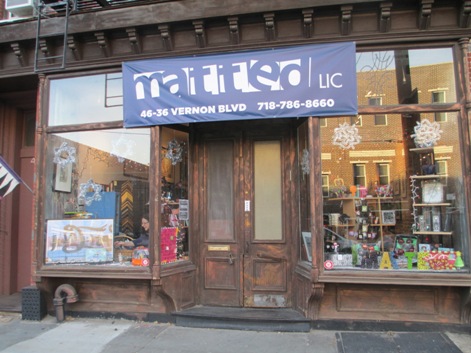New rules and regulations in Queens hospitals give vast improvements to giving non-English speaking patients adequate language assistance.
Throughout last year, NYC hospitals offered language assistance for 118 different languages.
According to a recent study, since the New York State Department of Health adopted new regulations on language access and patient rights more than a year ago, hospitals have improved their communications with patients who speak limited or no English, particularly those who speak Spanish.
In the study entitled Make the Road New York, the New York Immigration Coalition and Korean Community Services of Metropolitan New York monitored ten private and public hospitals in New York City in late 2007 and early 2008. They focused on Spanish and Korean-speaking patients.
The study found that there was significant progress with Spanish-speaking patients but communications with Korean-speaking patients remains a problem.
“It’s impossible to provide quality health care unless patients can communicate their symptoms clearly, understand their diagnosis and knowingly consent to medical procedures,” said Andrew Friedman, co-executive director of Make the Road New York, a citywide civil rights organization. “We are impressed by the improvements at these hospitals for Spanish speakers, and we applaud them.”
Research from the study found that 79 percent of the patients interviewed in four hospitals had received assistance in their language from a bilingual doctor, nurse, other staff member, interpreter or telephonic interpreting service. This was a significant improvement from two years ago when only 29 percent of the patients received assistance in their native languages.
The study found many language assistance services for the Spanish-speaking community.
At Woodhull and Wyckoff Heights hospitals in Brooklyn, nearly nine of out 10 Spanish-speaking patients said that they were helped by Spanish-speaking staff.
At Queens Hospital Center, 84 percent of Spanish-speaking patients said they saw signs about free language assistance services. More than 50 percent reported receiving translated written materials at Elmhurst Hospital Center, while at Woodhull, 45 percent received telephonic interpretation, a service to meet the need for spontaneous, unscheduled access to an interpreter over the phone.
The study found that the results for Korean-speaking patients did not receive anywhere near the same assistance as Spanish-speaking patients.
Flushing Hospital Medical Center and Queens Hospital Center failed to provide sufficient language assistance. Only 25 percent of the Korean patients interviewed received some form of hospital-based interpretation, and none received general translated written materials.
As few as 35 percent of Korean-speaking patients said they understand hospital forms and many of them rely on family members and friends to translate for them. About a third of them bring their own interpreters to hospitals.
“We found some improvements at the hospitals compared to the past, but it’s not nearly enough,” said Grace Lee, health advocate for Korean Community Services. “There are 80,000 Korean speakers in the city, and hospitals need to be prepared to find an interpreter.”































